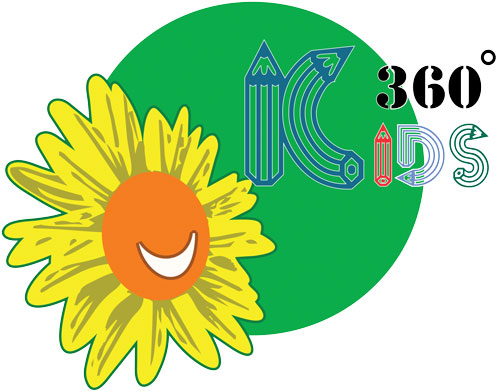Key Elements of Language Development
1. Early Foundations
- From Birth: Language development begins at birth and continues through interaction with adults and peers at home, in childcare, and in the community.
- Building Blocks: Interaction and communication are crucial for developing oral language skills necessary for literacy.
2. Rich Language Environment
- Relevance: Activities and resources are relevant to the lives of young children.
- Opportunities: Providing various opportunities for children to engage in language use, promoting their thinking and problem-solving abilities.
Diverse Literacy Experiences
Children come to playschool with different experiences and levels of exposure to literacy. Our goal is to ensure all children benefit from classroom experiences that emphasize literacy.
1. Ongoing Assessment and Observation
- Individual Needs: Teachers recognize the varied literacy needs of children through continuous assessment.
- Focused Support: Some children may require additional, focused literacy instruction and experiences to develop their skills.
2. Adjusting Instructional Strategies
- Tailored Approaches: Teachers adjust their instructional strategies to meet the diverse needs of all children.
- High Expectations: Maintaining high expectations for all children ensures that every child has the opportunity to succeed.
Classroom Strategies for Language and Literacy Development
1. Interactive Activities
- Storytelling: Engaging children in storytelling sessions to enhance listening and speaking skills.
- Dramatic Play: Using role-playing and drama to encourage language use and social interaction.
2. Literacy Resources
- Books and Rhymes: Introducing children to a variety of books, songs, and rhymes to develop vocabulary and phonemic awareness.
- Visual Aids: Using visual aids like charts, pictures, and flashcards to reinforce language concepts.
3. Collaborative Learning
- Group Activities: Encouraging group activities that promote discussion and language use.
- Peer Interaction: Facilitating peer interactions to build social and communication skills.
Supporting Diverse Learners
1. Differentiated Instruction
- Individual Learning Plans: Creating individual learning plans based on each child’s needs and abilities.
- Targeted Interventions: Providing targeted interventions for children who require additional support.
2. Inclusive Environment
- Cultural Relevance: Ensuring that learning materials and activities reflect the cultural backgrounds of the children.
- Language Support: Offering support for children who are learning in a second language.
Conclusion
At 360° Kids Play School, our comprehensive approach to language development and literacy ensures that every child receives the support and opportunities they need to thrive. Through a combination of rich language environments, diverse literacy experiences, and tailored instructional strategies, we foster a love of language and literacy that will serve as a foundation for lifelong learning. Our commitment to high expectations and continuous assessment ensures that all children can achieve their full potential in a nurturing and supportive setting.

